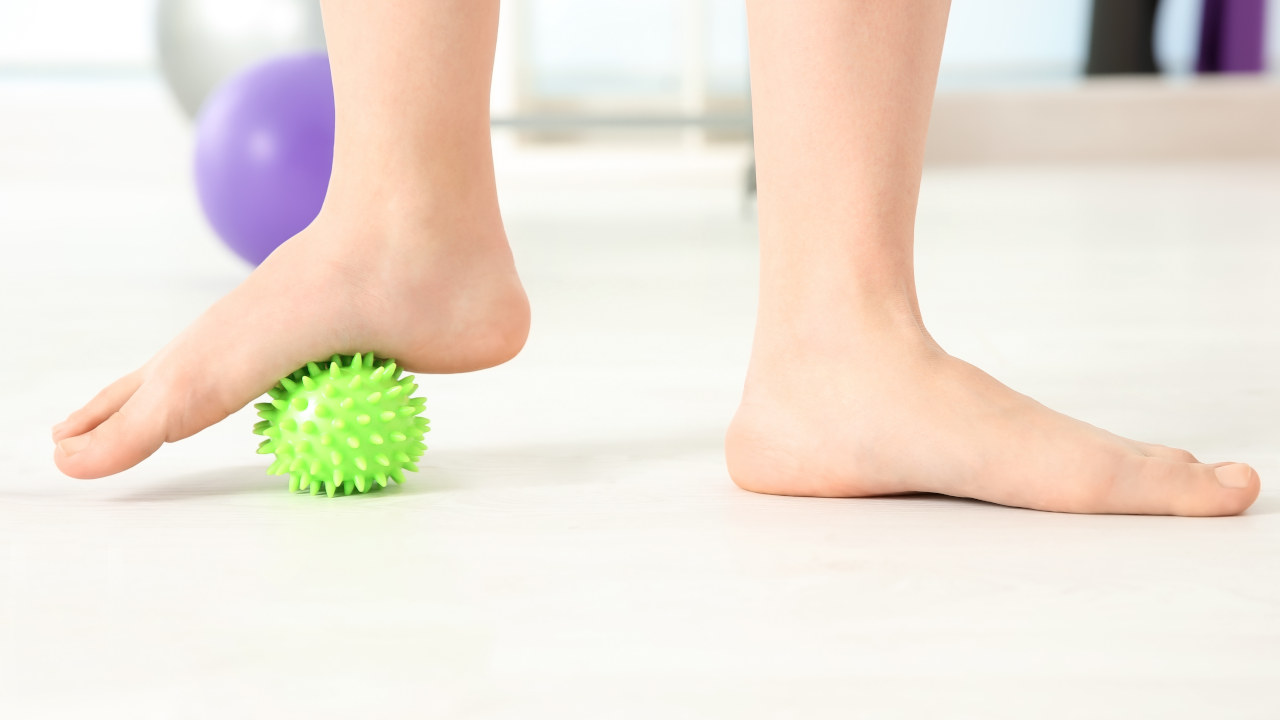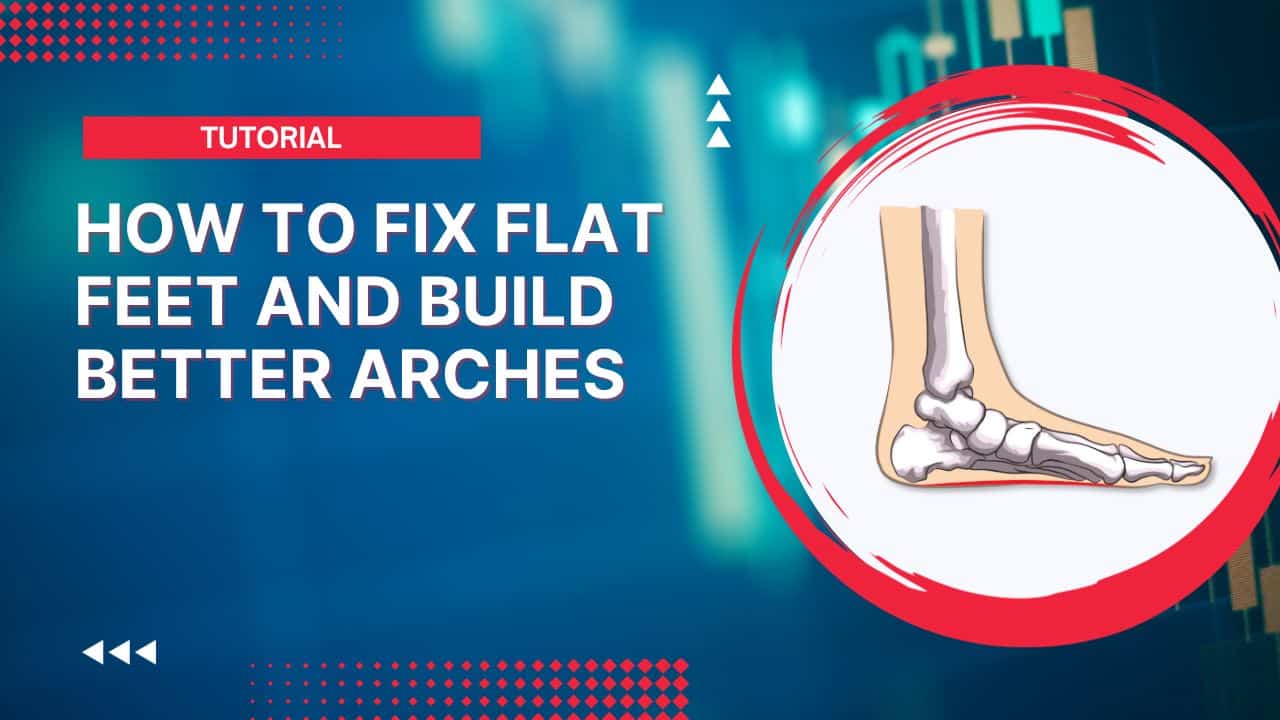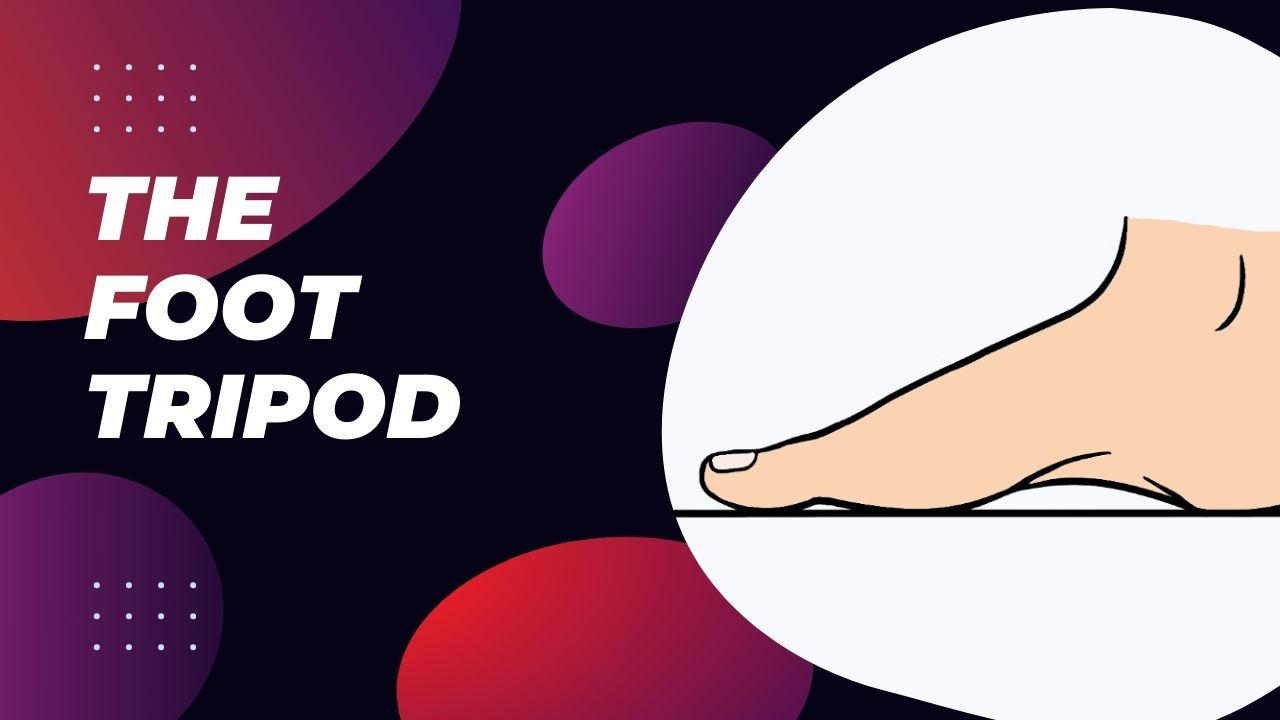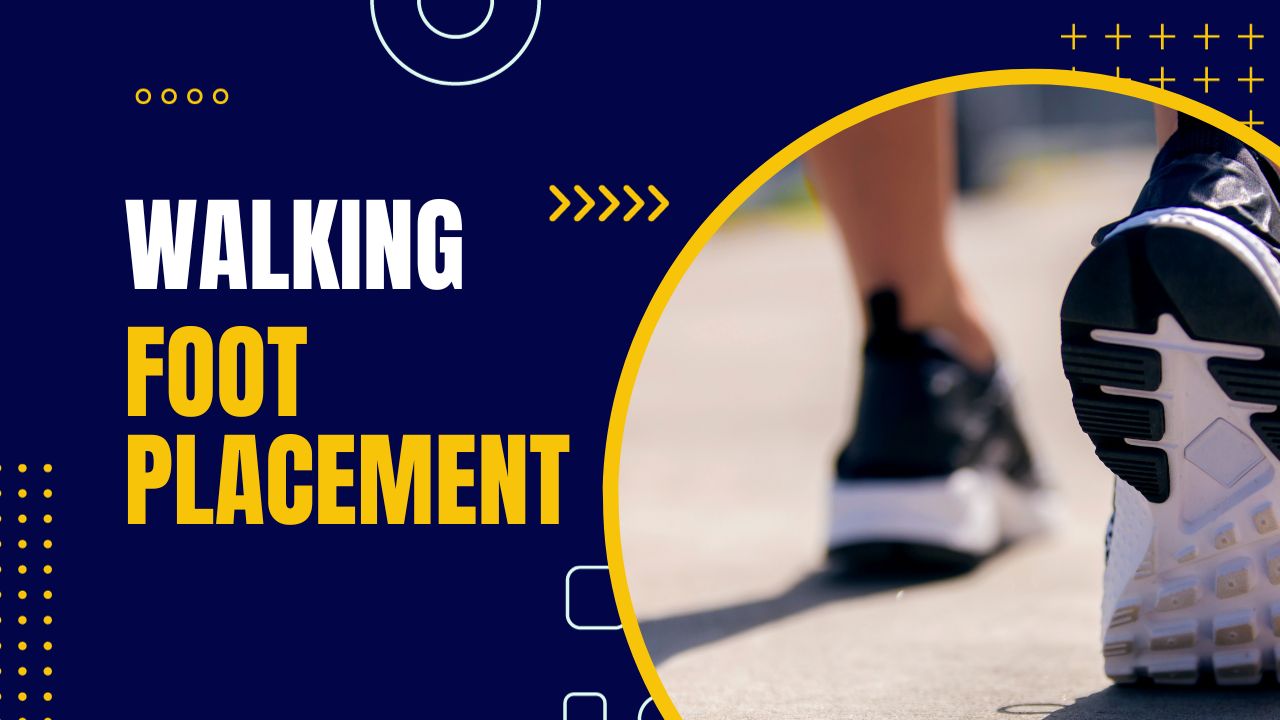Flat feet is a condition where the normal arches on the inside of the feet are low or missing. This condition gives the foot a flat appearance with the entire sole of the foot contacting the ground. Also called pes planus or fallen arches, flat feet may be present from birth or develop over time.
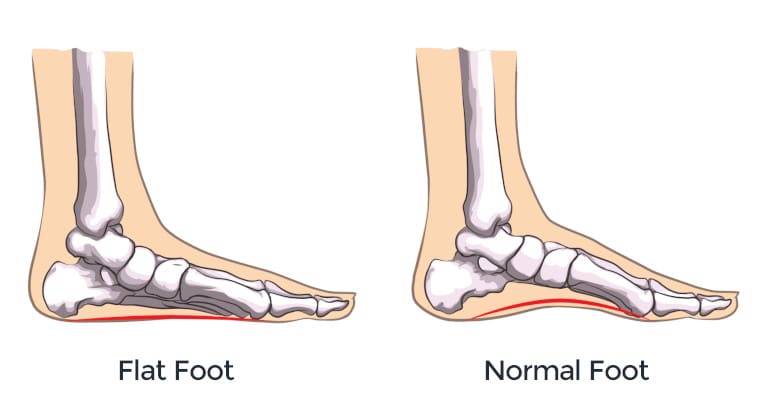
Exercise plays an important role in the health and functioning of our feet. The use of exercises for flat feet is not a new concept.
Over a century ago, programs of stretching and foot muscle strengthening proved to be remarkably successful. Recent studies have also shown that exercise can often improve the shape of the arch and reduce pain in people with flat feet.
Exercises for Flat Feet: Basic Routine
Below are four targeted exercises for flat feet designed to raise the height of the arch.
1. Short Foot
The short foot exercise targets the small muscles that support the arch on the inside of the foot.
The exercise is performed by sliding the front of the foot along the ground toward the heel without curling the toes.
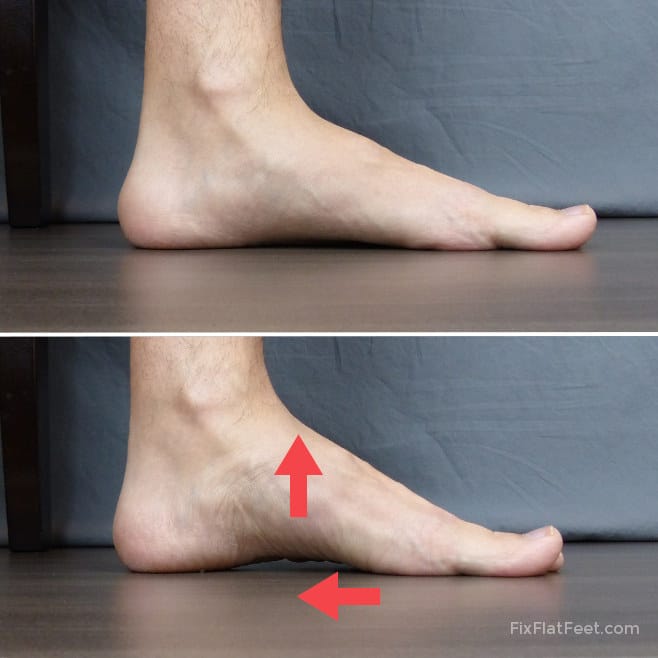
- Sit in a chair with the foot on the floor and the toes pointed forward.
- Slide the front of the foot back along the floor toward the heel, keeping the toes flat on the floor.
- Hold the short foot position for 5-10 seconds.
- Relax and repeat 10 times on each foot.
It is important to keep the heel in a neutral position and not let the toes curl or lift off the ground. When done correctly, the ball of the foot and the heel stay in contact with the ground while the arch lifts.
2. Calf Stretch
The calf is a group of muscles in the back of the lower leg. Flat feet and overpronation can be the result of the foot compensating for limited ankle flexibility caused by tightness in the calf.
An example of a calf stretching exercise is the lunging straight leg calf stretch.
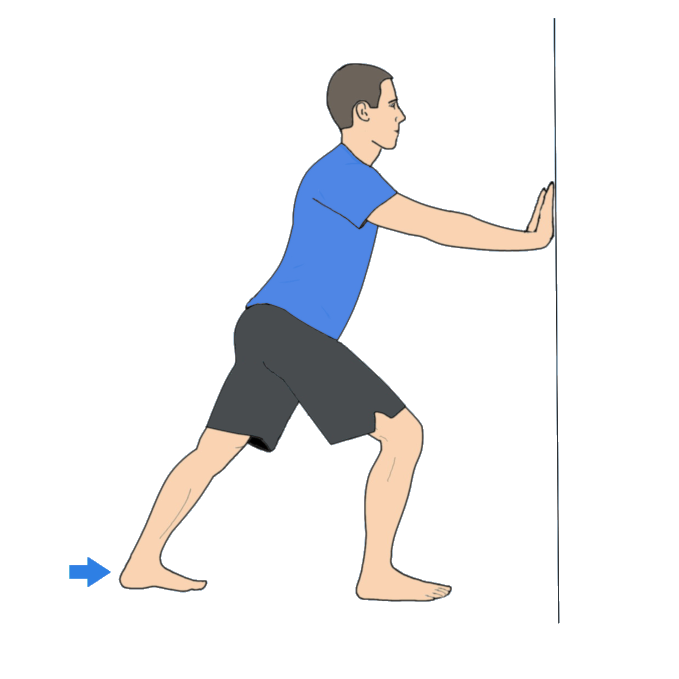
- Stand facing a wall with both hands on the wall for balance.
- Extend the leg to be stretched behind with the knee straight and toes pointed forward.
- Keeping the back leg straight and heel firmly on the ground, gently lean forward until feeling a stretch in the calf of the back leg.
- Hold the stretch for 30 to 60 seconds.
- Repeat 4 times on each leg.
To make the stretch effective, it’s important to not let the foot pronate or roll inward during the stretch.
3. Heel Raises
Heel raises strengthen several of the lower leg and foot muscles that support the arch. This exercise has many possible variations. Shown here is the double leg heel raise.
This exercise is done standing on both legs with the hands placed on a wall for balance.
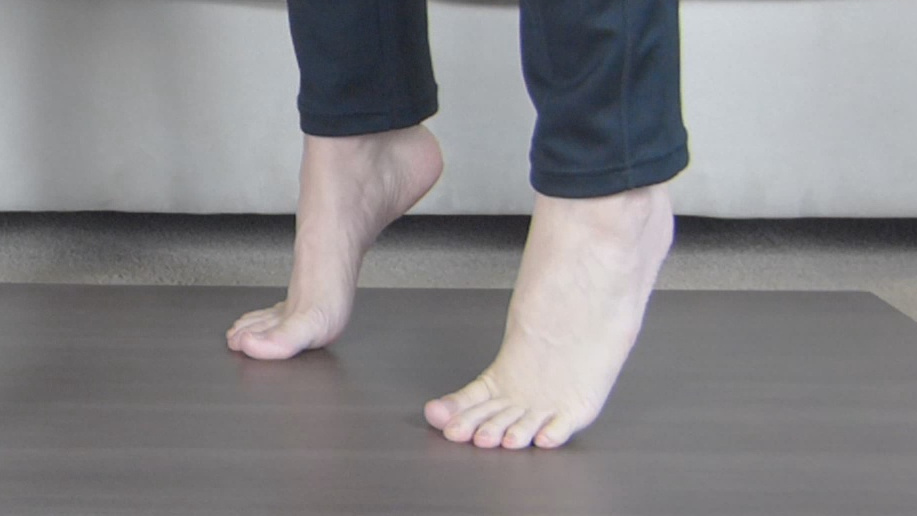
- Stand with feet about shoulder width apart.
- Raise heels off the ground as high as possible keeping even pressure across the front of the foot.
- Hold for 1-2 seconds at the top of the movement then return slowly to the starting position.
- Do 2 sets of 10-20 repetitions.
4. Toe Yoga
The muscles that control the toes are frequently underused and often lack strength and control.
Working on toe dexterity helps develop the strength needed to stabilize the front of the foot against the ground.
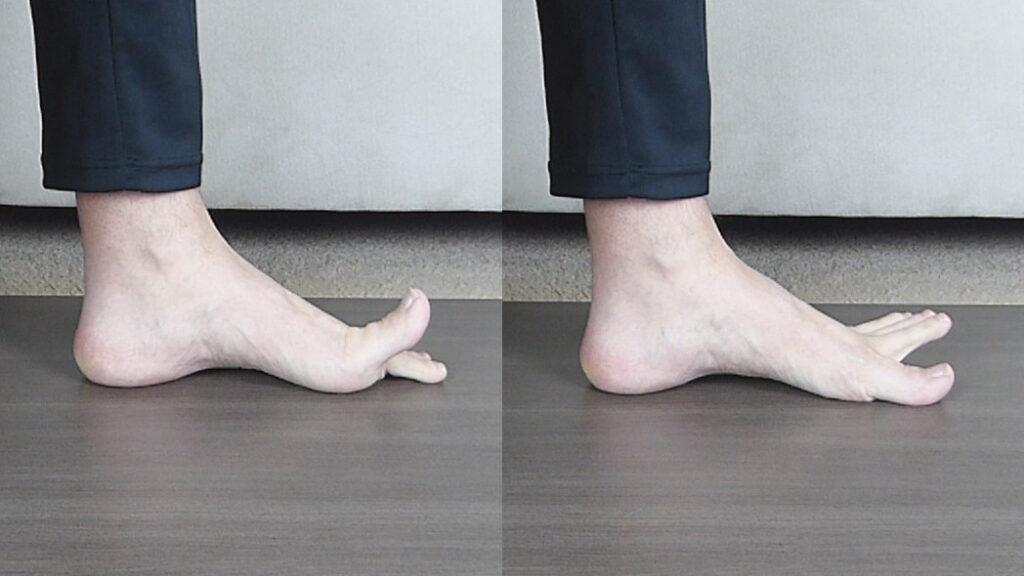
- Lift the big toe up while pressing the other 4 toes down. Hold 5 seconds.
- Press the big toe down while lifting the other 4 toes up. Hold 5 seconds.
- Repeat the sequence 10 times on each foot.
Basic Routine Video
The video below demonstrates the exercises in this routine.
Flat Feet Correction Program
This basic routine is a sample of some of the exercises that helped me reverse flat feet and develop strong arches.
The full program that is available to members has a variety of exercises designed to target specific muscles and movements.
In addition to doing exercises, another part of this process was learning how to stand and walk correctly. A lot of my success, especially for fixing overpronation, came from changing the way that I walked.
My feet were extremely flat before I started training my arches. It took around 12 weeks to see improvement in my arches to the point that they were no longer considered flat.
